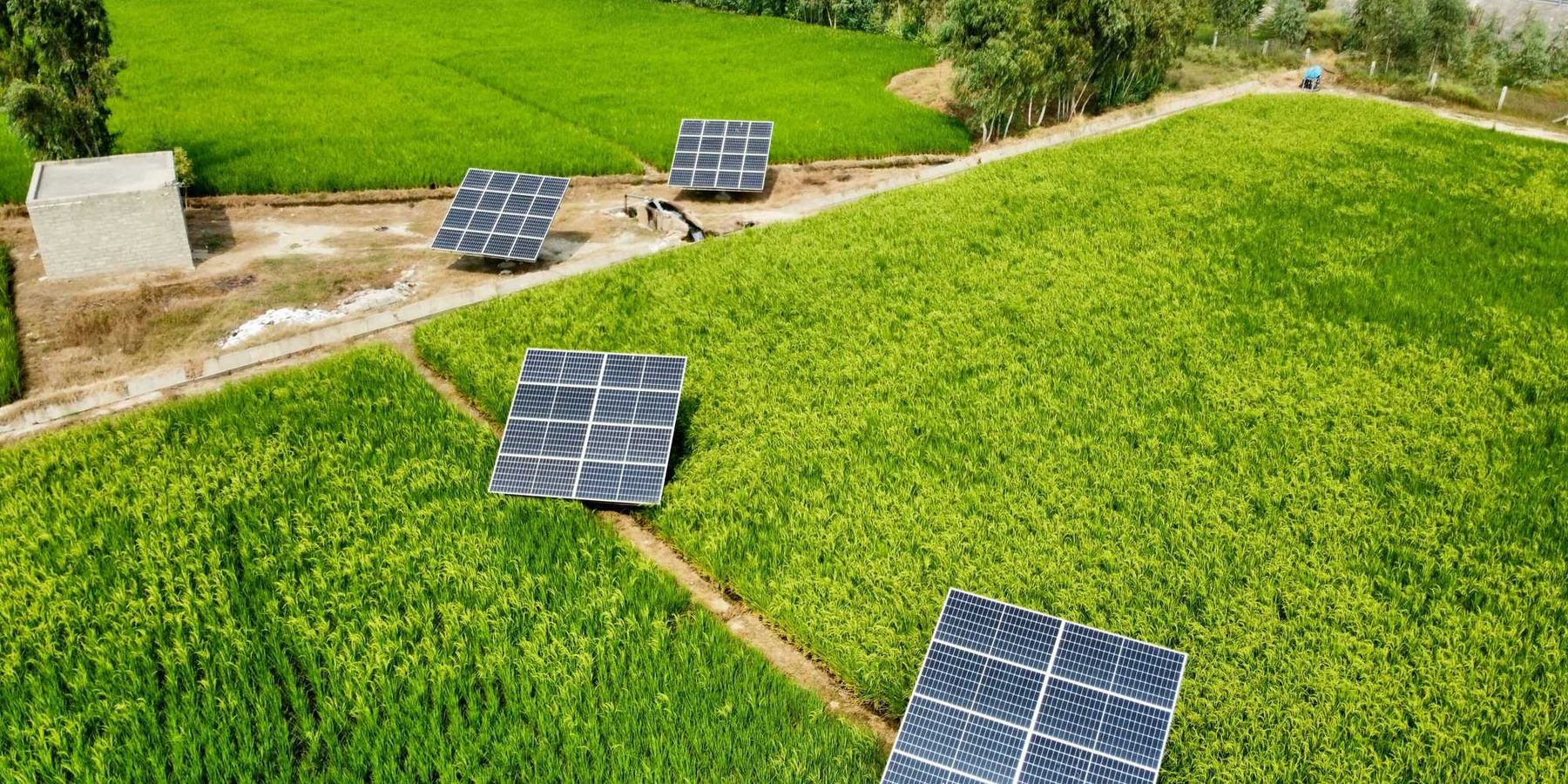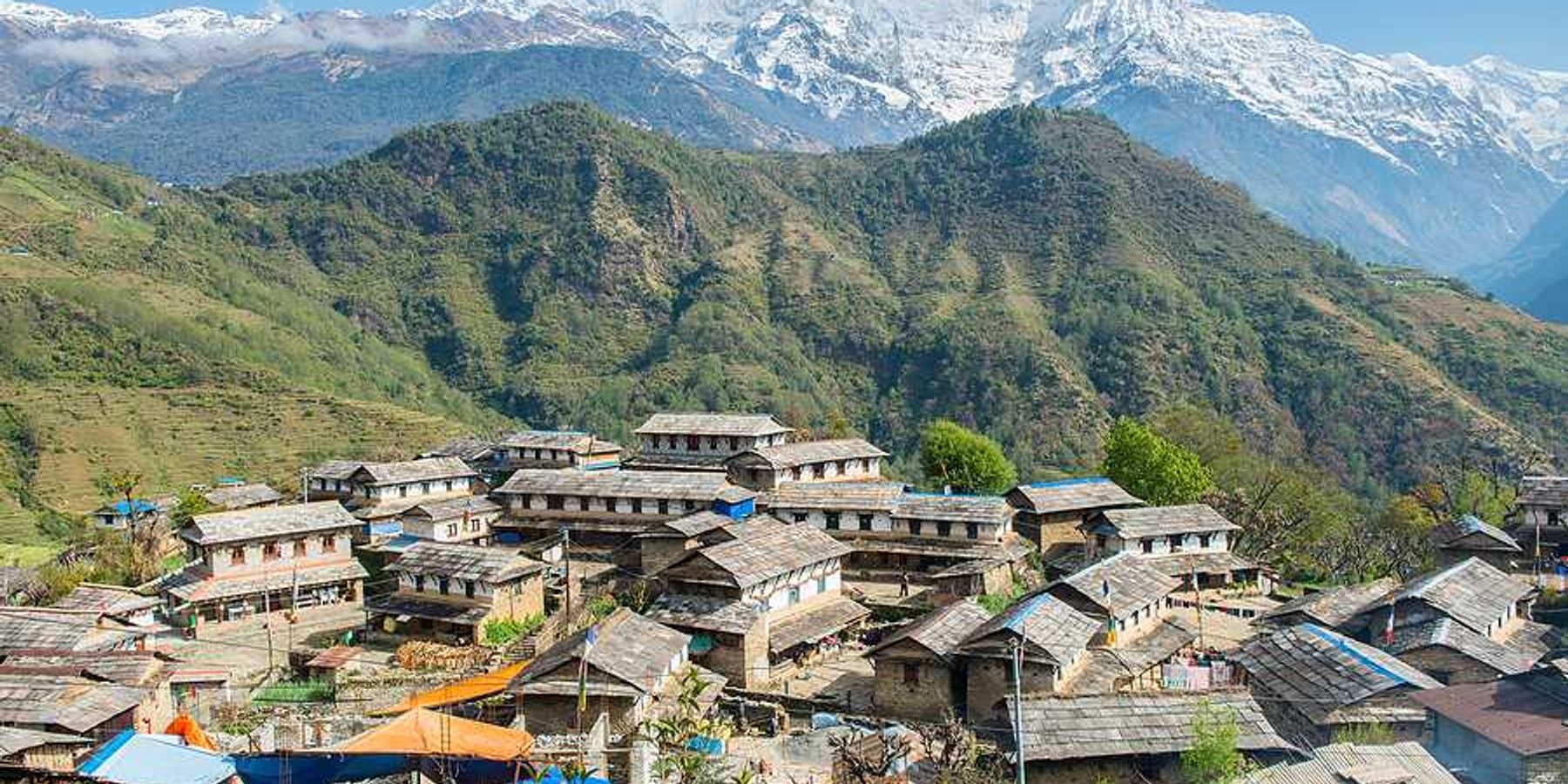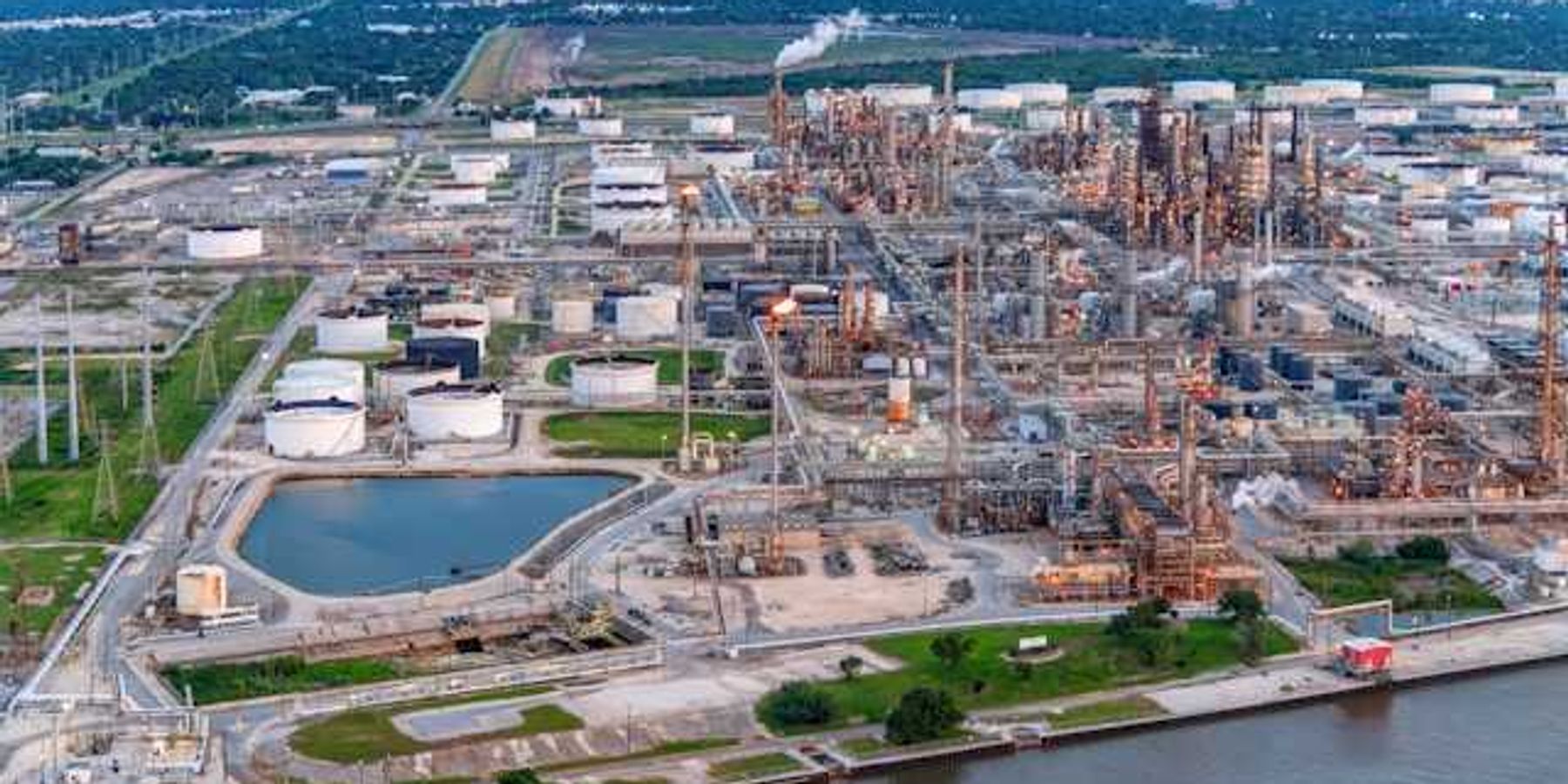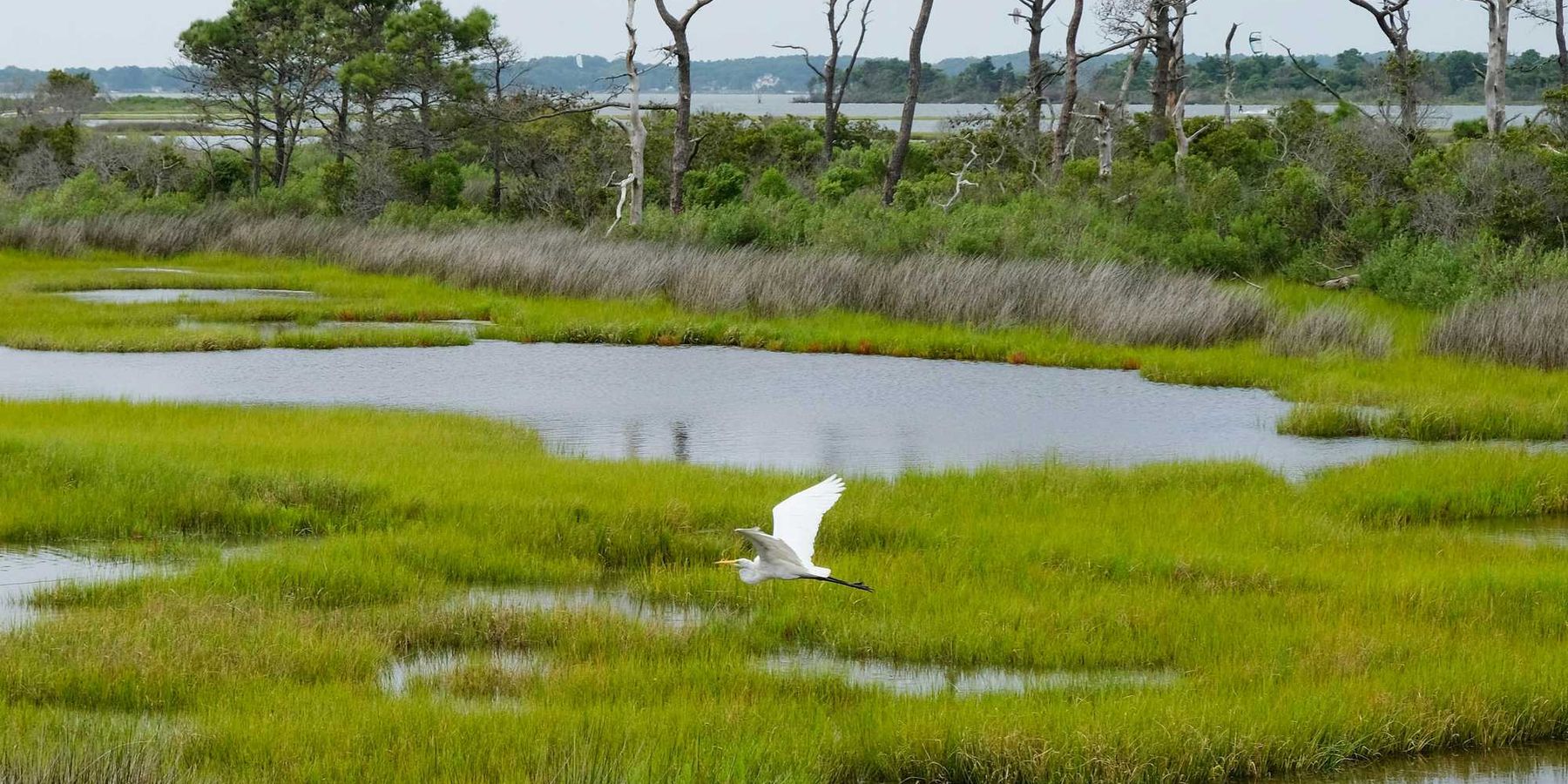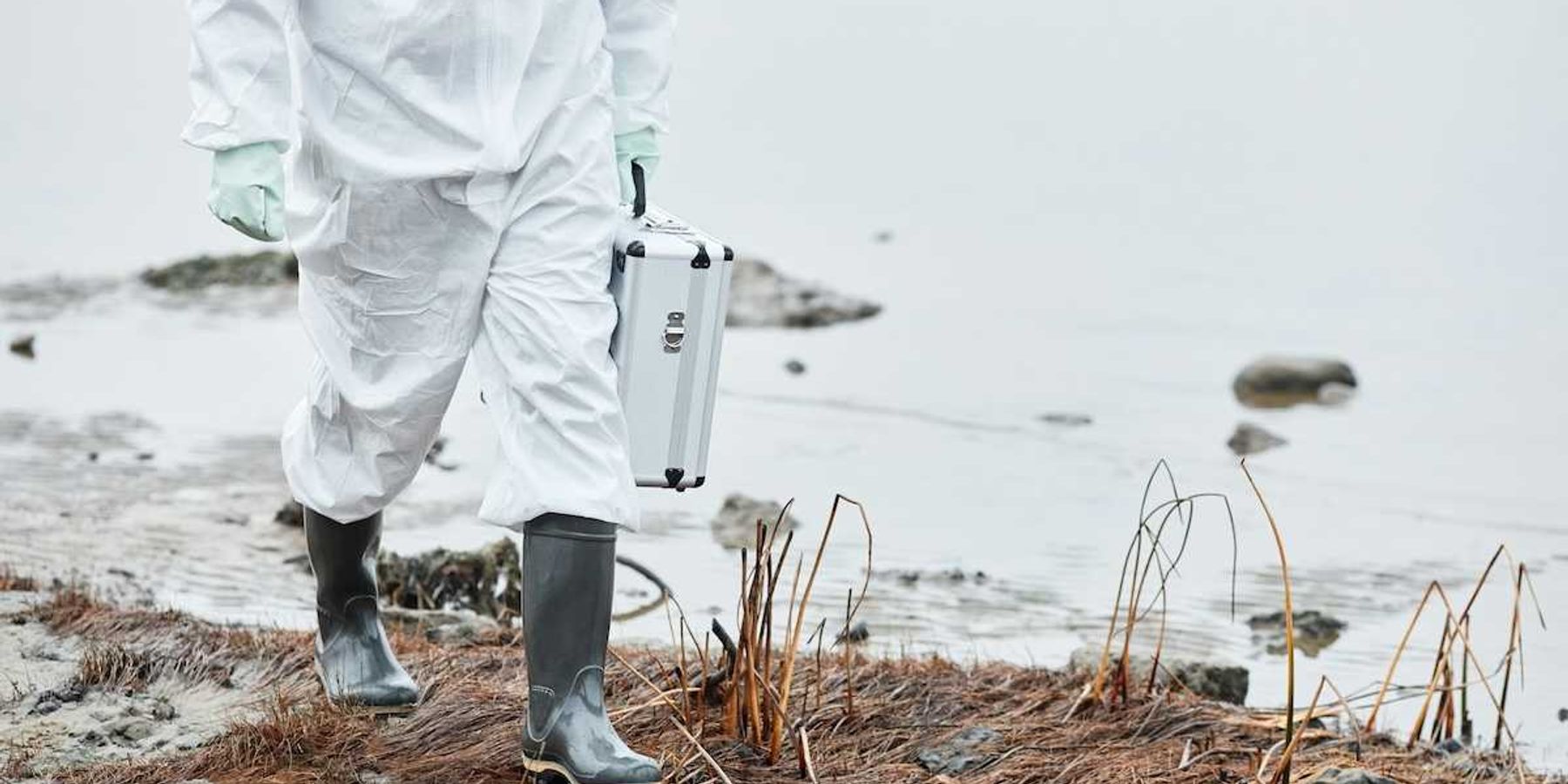Midwestern CO2 pipeline gets Iowa approval but faces further challenges
Iowa regulators approved Summit Carbon Solutions' CO2 pipeline project, but it still needs approvals from other states to proceed.
Jack Dura reports for The Associated Press.
In short:
- The $5.5 billion project will transport CO2 emissions from over 50 ethanol plants in five states for underground storage in North Dakota.
- Opponents fear land seizures and potential hazards from pipeline ruptures, while supporters argue it aids climate change efforts and economic growth.
- Summit must secure approvals from North Dakota, South Dakota, Minnesota, and Nebraska before construction can begin.
Key quote:
“Whether you think it’s smart or silly, the world’s largest airlines want to decarbonize their fuel.”
— Monte Shaw, executive director at the Iowa Renewable Fuels Association
Why this matters:
For advocates, the pipeline represents a crucial step in reducing carbon emissions and combating climate change. By capturing and storing CO2, the project could help lower the carbon footprint of biofuel production, making it a more sustainable option. Farmers and landowners have voiced strong opposition, fearing the pipeline could disrupt agriculture and threaten water supplies. Environmentalists are divided, with some supporting carbon capture as a necessary tool in the fight against global warming, while others argue it distracts from investing in renewable energy sources like wind and solar power.

